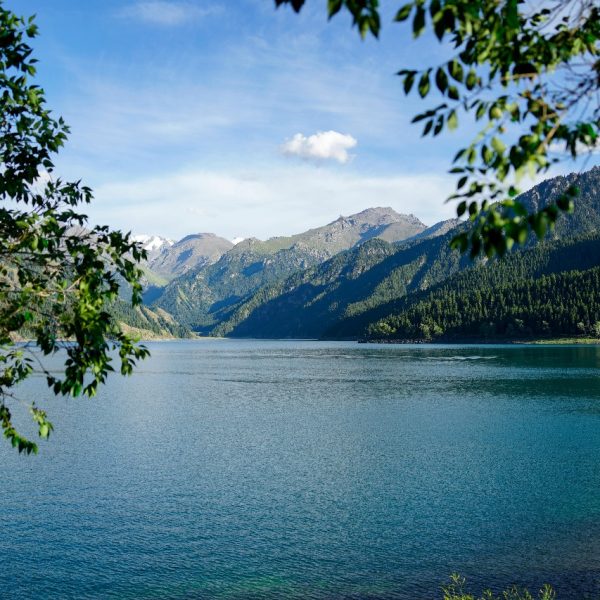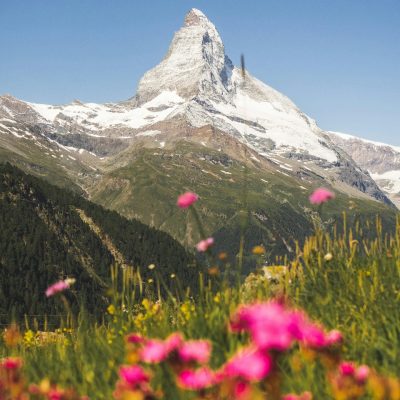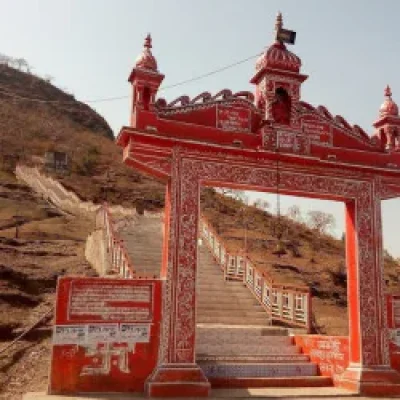Renuka Lake stands as the largest natural lake in Himachal Pradesh, nestled in the Sirmaur district at an elevation of 672 meters above sea level. This pristine water body stretches across 2.5 kilometers in length, creating a mesmerizing mirror that reflects the surrounding hills and sky. The lake holds immense religious significance, believed to be the embodiment of Goddess Renuka, the mother of Lord Parashurama, the sixth incarnation of Lord Vishnu.
The lake’s unique shape resembles a reclining woman, which locals believe represents Goddess Renuka in her eternal rest. The crystal-clear waters are fed by underground springs and seasonal streams, maintaining a consistent water level throughout the year. The surrounding landscape is adorned with dense forests of pine, deodar, and oak trees, creating a natural amphitheater that enhances the lake’s serene beauty.
The Renuka Fair, held annually in November, transforms this tranquil destination into a vibrant cultural hub. Thousands of devotees and tourists gather to celebrate the goddess, participating in traditional folk dances, local music performances, and religious ceremonies. The fair showcases the rich cultural heritage of Himachal Pradesh, with local artisans displaying their crafts and vendors offering traditional Himachali cuisine.
Wildlife enthusiasts will find the area particularly rewarding, as the lake and its surrounding forests host diverse fauna including leopards, sambars, chitals, and numerous bird species. The Renuka Wildlife Sanctuary, established around the lake, protects this ecosystem and offers excellent opportunities for bird watching and nature photography. Migratory birds visit during winter months, adding to the area’s biodiversity.
Adventure activities include boating on the calm waters, trekking through nearby trails, and camping under the starlit sky. The lake’s peaceful environment makes it an ideal destination for meditation and spiritual retreats. Local guides offer insights into the area’s mythology, flora, and fauna, enriching visitors’ understanding of this sacred landscape.






